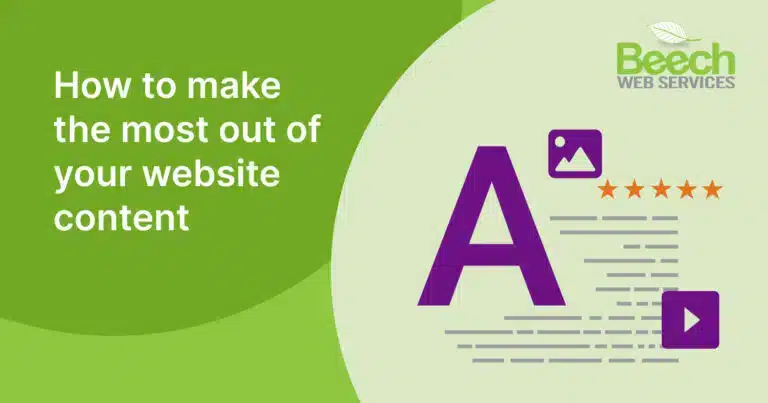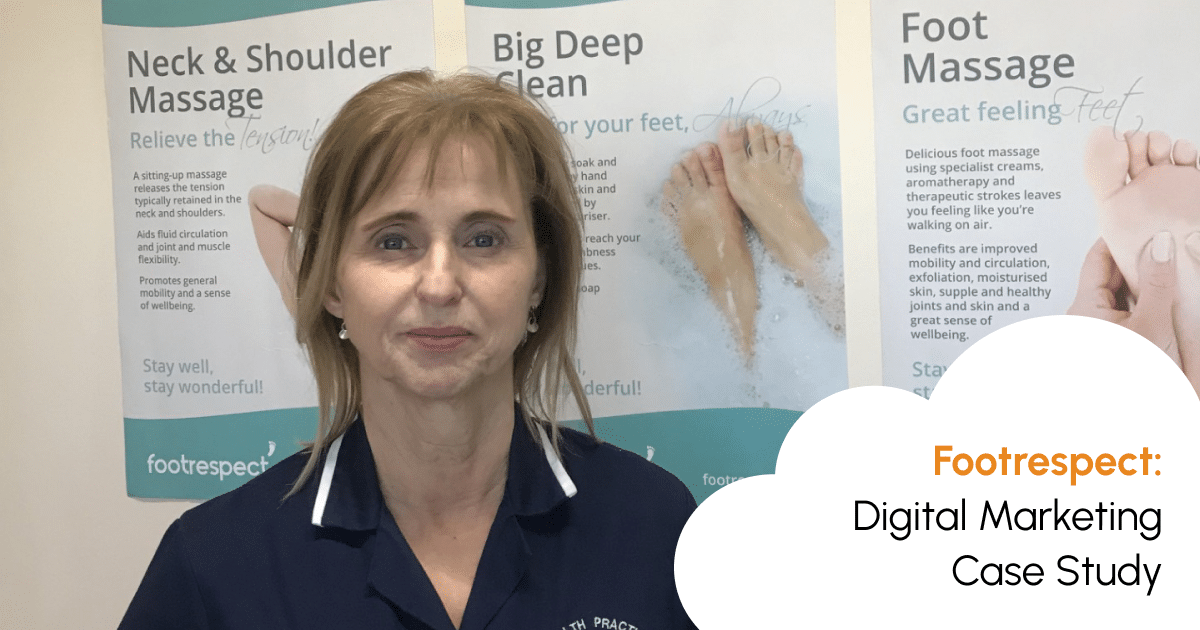When designing and developing any website, there is always a strong focus on content. Every single item of content added communicates a message. If that message isn’t effective, we may not reach our target customers and certainly, we won’t stand a chance of making a meaningful online connection with them.
In this blog post, we look at the main elements of website content including stock imagery, text content and videos, explaining how we make them most effective within a website. We also talk about the importance of understanding the target audience and what it means for content to embody a brand.
Understanding the target audience
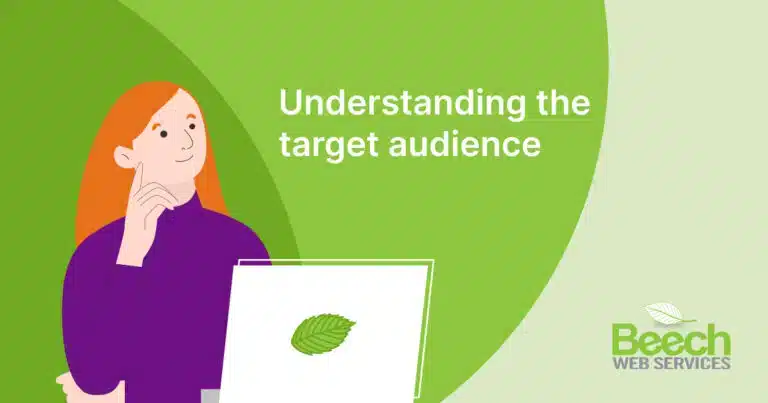
The audience is the most important factor to consider when developing a digital marketing strategy. When the aim of a business is to provide value for customers, how well we communicate that value online will make a very real difference to conversion rates.
To better understand your audience:
- Use website data:
One of the best ways to find out more about website visitors starts by looking at the data generated whenever anyone visits your site. Using free tools such as Google Analytics or Search Console, we can gain a deeper understanding of who is visiting a website and how they found it. This can give us valuable insight into our audience that can help to structure further content, marketing ideas and business strategy. - Look at competitor sites:
It’s a good idea to keep an eye on the competition, particularly sites that perform well in Google search results that we want to do better in. We can ask ourselves some questions:
- What are they doing that we could try?
- What are they doing that we can do even better than them?
- Is there something that the audience needs that nobody is talking about?
Use stock images effectively
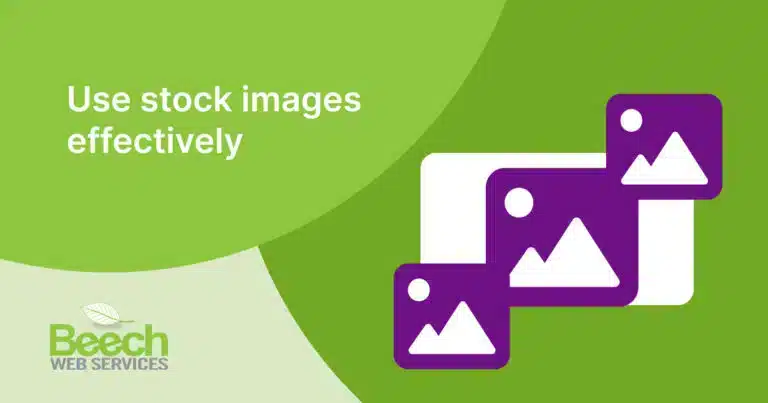
Creating an appealing website without access to high-quality original images can be challenging, but stock photography can be an excellent solution. These images not only enhance the visual appeal of your website but also can make you appear more professional to visitors.
To use stock images effectively on a website:
- Explore the options:
Take time to research and explore various stock image providers, both paid and free. For premium quality, consider platforms like Shutterstock, or for a reliable free option, we would recommend Pexels. Assess the diverse libraries on offer from each platform to find images that align with the brand and the services offered. - Relevance is key:
Choose images that are visually appealing and directly relevant to your content. Every image on your website serves as a visual representation of your brand and the services you provide. Ensure that each chosen image reinforces your message and quickly communicates to visitors that they are in the right place. - Stand out from the crowd:
Try to avoid overused stock images that might make a website appear generic. Select images that are unique to the brand, setting it apart from competitors. Strive to create a clear and distinctive visual presence that resonates with the target audience, even within the constraints of stock photography. - Understand usage rights:
Before incorporating any stock image, carefully review its usage rights. Some images may be free to use in any context, while others may have specific restrictions. Be aware of any limitations on editing, distribution, or required photographer credits. This diligence will help you sidestep legal complications and ensure a smooth integration of stock images into your website. - Embrace stock videos:
Don’t limit yourself to still images. Stock videos can convey professionalism without the high production costs. Explore the diverse range of stock videos available, selecting those that align with your brand’s tone and messaging. - Maintain consistency:
Strive for visual consistency across your website by maintaining a cohesive theme with your chosen stock images. Consistency in imagery reinforces your brand identity and helps visitors navigate your site seamlessly. Consider factors such as colour palette, style, and tone to create a harmonious visual experience.
By following these detailed tips, you can effectively utilise stock images to build a visually stunning and professional website, even when original high-quality images are not readily available.
The difference between OK and great text content
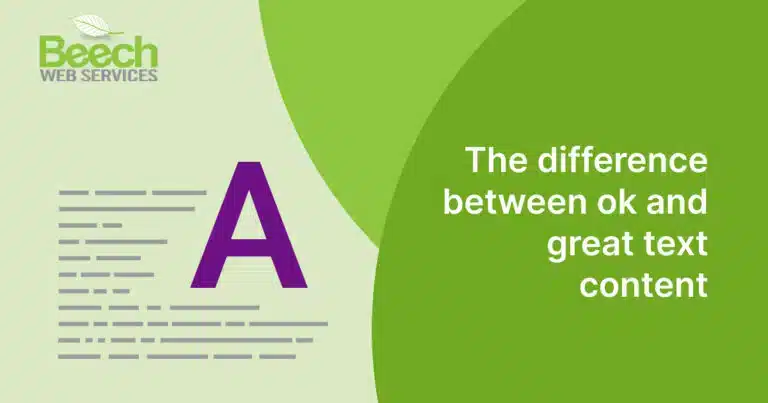
A website’s text content plays an essential role in communicating value and establishing a meaningful relationship with the target audience. Customers want to see reliability, consistency and a positive representation of a business online.
- Connect with the audience:
Text content is an excellent channel of direct communication. Tailoring the language and messaging to resonate with your target demographic is essential. Understand your audience’s needs, preferences, and problems to create content that they really want to read. Make sure that any text relates to what you can do to help them achieve their objectives faster or more effectively. - Professional tone:
Any tool or platform that promotes your business must represent who you are. When writing content for any digital marketing, it is important to ask, ‘Does this accurately represent my business?’ If you’re tempted to use AI to generate website text, make sure it’s re-written in the brand voice to be consistent and build trust.
Tone of voice sets the professional character of a brand. Ensure language is polished, authoritative, and aligns with the desired image and brand values. A professional approach to online content enhances credibility and tells the audience that we are reliable and authentic. - Writing quality and SEO optimisation:
Well-written content is not just about grammar; it’s about how clear and engaging it is. No one realistically wants to read pages of content if they don’t get anything valuable from it. Ensuring that text content is concise and well-optimised for search engines can enhance online visibility and hold visitor attention. Website content needs to be written for 2 audiences; human and robot. A balanced word count, relevant keywords, and strategic formatting contribute to a more effective and discoverable online presence. - Professional content copywriting:
We highly recommend working with a professional content copywriter. An impartial expert will bring clarity and focus to the messaging, ensuring it aligns with business goals and resonates with the audience. In our opinion, professionally written and well-optimised website content will always perform better. Collaborating with professionals can provide valuable insights and elevate the effectiveness of content. - Continuous Improvement:
A website’s text content is not static and should evolve to reflect changes in the business and changes in audience expectations. Regularly review and update text content to remain relevant, ensuring that it consistently reflects the brand’s evolution and growth.
Website text content can be a powerful tool when used well. It is the voice of your brand, influencing how an audience sees and engages with your business. Taking a strategic approach to content creation enhances your website’s effectiveness and contributes to the overall success of your online presence.
Incorporating video

Videos are an excellent way to draw and hold the attention of website visitors. They’re dynamic and engaging and can provide valuable information to customers much quicker than a paragraph of text can. But how can we incorporate videos into our website content in the right way?
- Avoid uploading video directly onto the website:
Video files are large and cumbersome for your website to store, and that will impact page load speed and performance. We recommend using a streaming service such as YouTube or Vimeo, which are typically free to use and can store large amounts of video files all in one place. This will drastically take the pressure off your website server and can have a significant impact on overall performance. - Keep them short:
The average website visitor isn’t likely to have a long attention span, so there’s no point including a long video clip that nobody is going to see and that is going to weigh down page loading. Make sure the video’s key message is clear within the first few seconds so it provides that instant visual confirmation that the visitor has come to the right place to find what they’re looking for. - Don’t use too many:
While videos are a great way to create dynamic, visually appealing content, adding too many can cause problems. Not only will it be confusing and overwhelming for visitors, but there’s likely to be a big impact on page load speed.
Videos can be a useful communication tool, but it’s important to balance their use.
How does branding play a role?
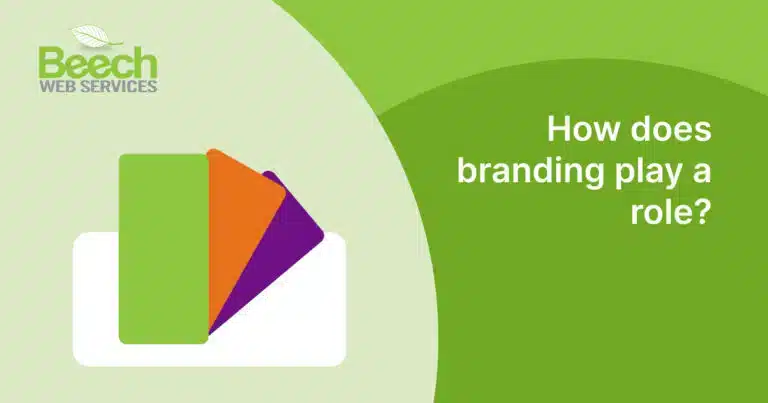
Branding is critical to any business. It sets us apart in an online world that is complex and densely populated. While many businesses use branding to their advantage, a common misconception is that it just involves a logo or colour scheme.
But it’s so much more than that!
In simple terms, branding represents us and shows our target audience who we are. Anything that our customers experience from us communicates messages about our brand, whether it be product packaging, social media posts, quality, speed of response, website functionality, phone calls, delivery, customer service or letters through the post. Every glimpse of us and every interaction tells people about our brand values. The logo itself is just a visual way of encapsulating our brand values into a single image so that people can see it and know what to expect.
When working on company branding, we therefore need to:
- Consider who we are – what are our brand values?
Identity is key in an online world of over-abundance, where customers have a huge range of products and and businesses to choose from. Good branding is immediately identifiable to existing customers, and eye-catching enough to catch the attention of the potential customers within the target audience. - Maintain consistent branding across all platforms, both online and offline
Consistency is essential! This applies to all content, such as a logo, cover photo, colour scheme, text, images, video etc, but it also is important for less tangible things like how quickly a website loads, social media interactions and whether an enquiry is followed up speedily and positively. - Develop variations of visual branding both in style and file format to suit different platforms
Using the same images across platforms inevitably means some of them won’t fit or look their best – and this makes the brand look bad. Not only can we adjust the content to fit different platforms, but it can be tailored visually to have a less formal tone on platforms that encourage it such as Instagram. Minor variations on brand imagery can create an aura of corporate confidence and communicate the ability to adjust when needed.
Finally
Using the right content in the right way really can have a significant impact on the effectiveness of your online presence.
To have maximum impact, content needs to resonate with the target audience and be consistent with brand imagery and values. Each small element of content plays its part to influence website visitors to discover more about us or make a purchase.
In such a competitive online space, it’s never been more important to choose and present content wisely.
